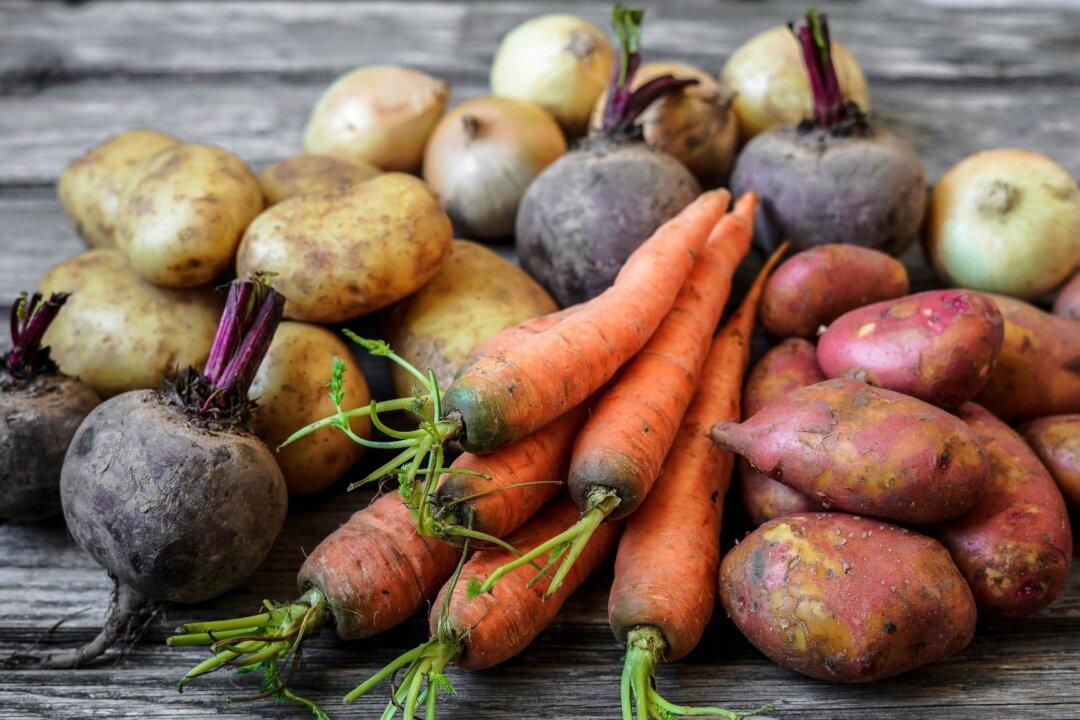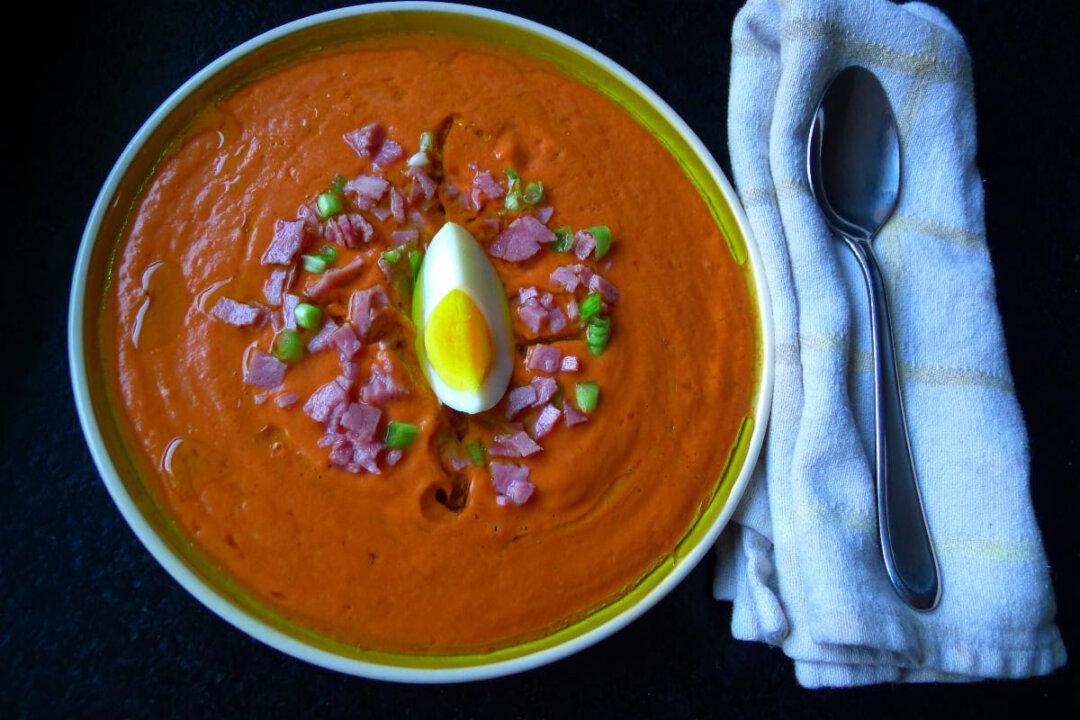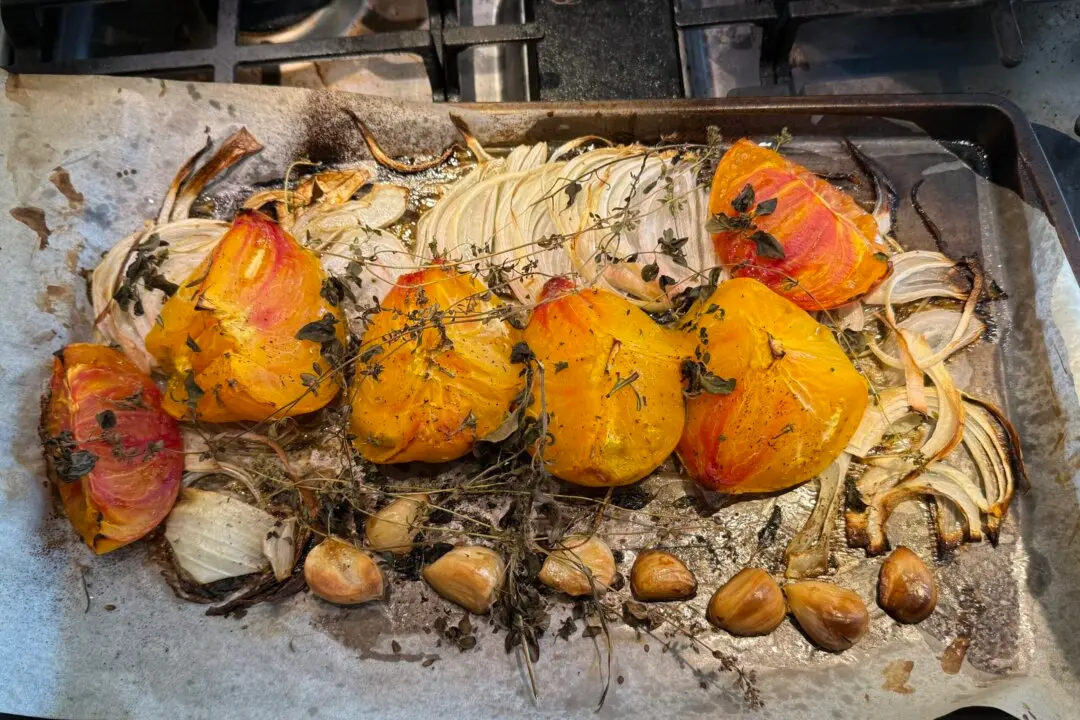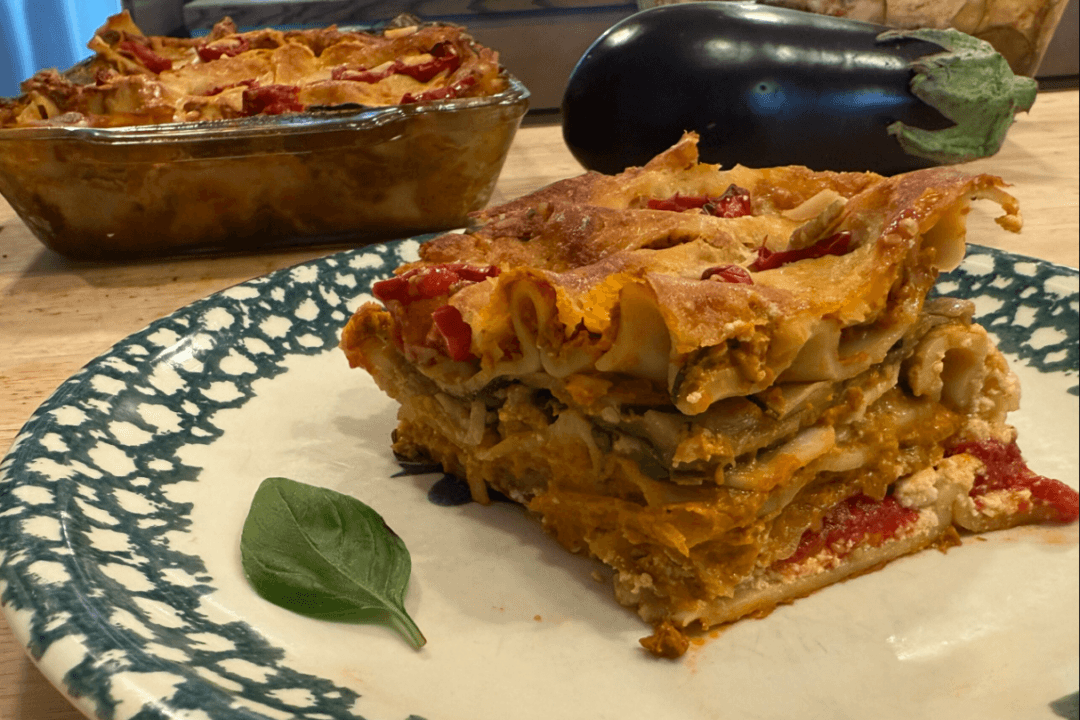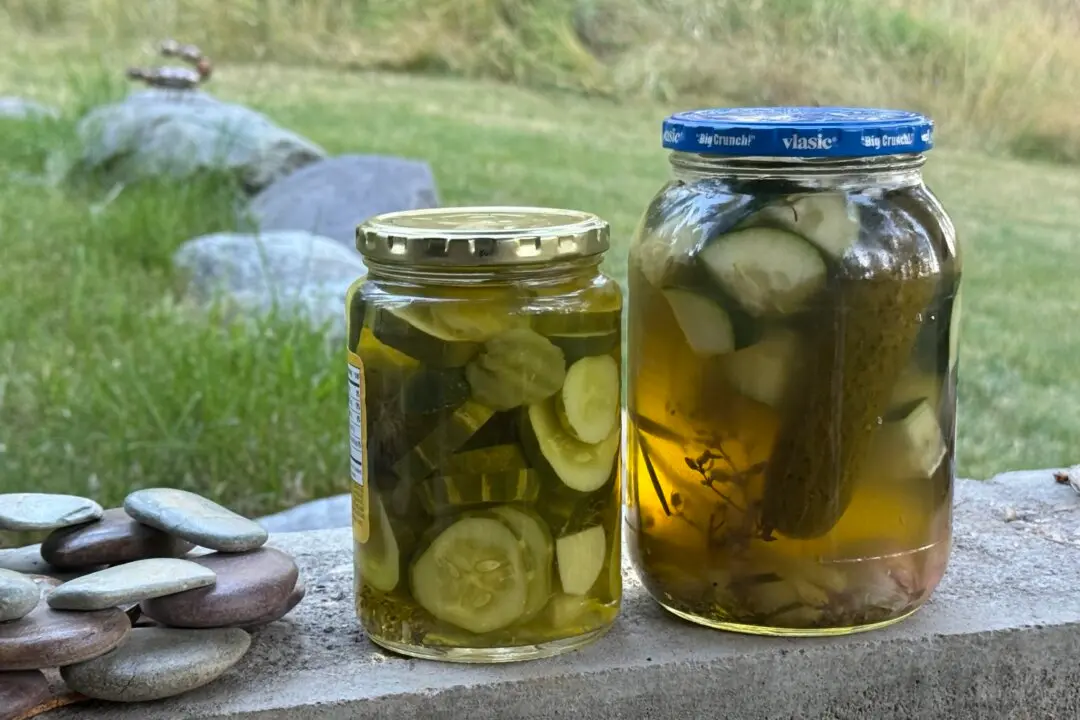I was on the hunt for the Winter Pebbles, an assortment of turnips, potatoes, carrots, beets, parsnip, and winter radishes that some enterprising farmers at the market sell as a mix. They look like a basket of gleaming jewels. They remind me of Fruity Pebbles, the breakfast of Flintstones.
Storage crops are typically harvested in the fall and kept cool and fresh all winter. Homesteaders would store these tubers in aptly-named root cellars, along with squash, sides of bacon, apples, and whatever else they could squirrel away.

